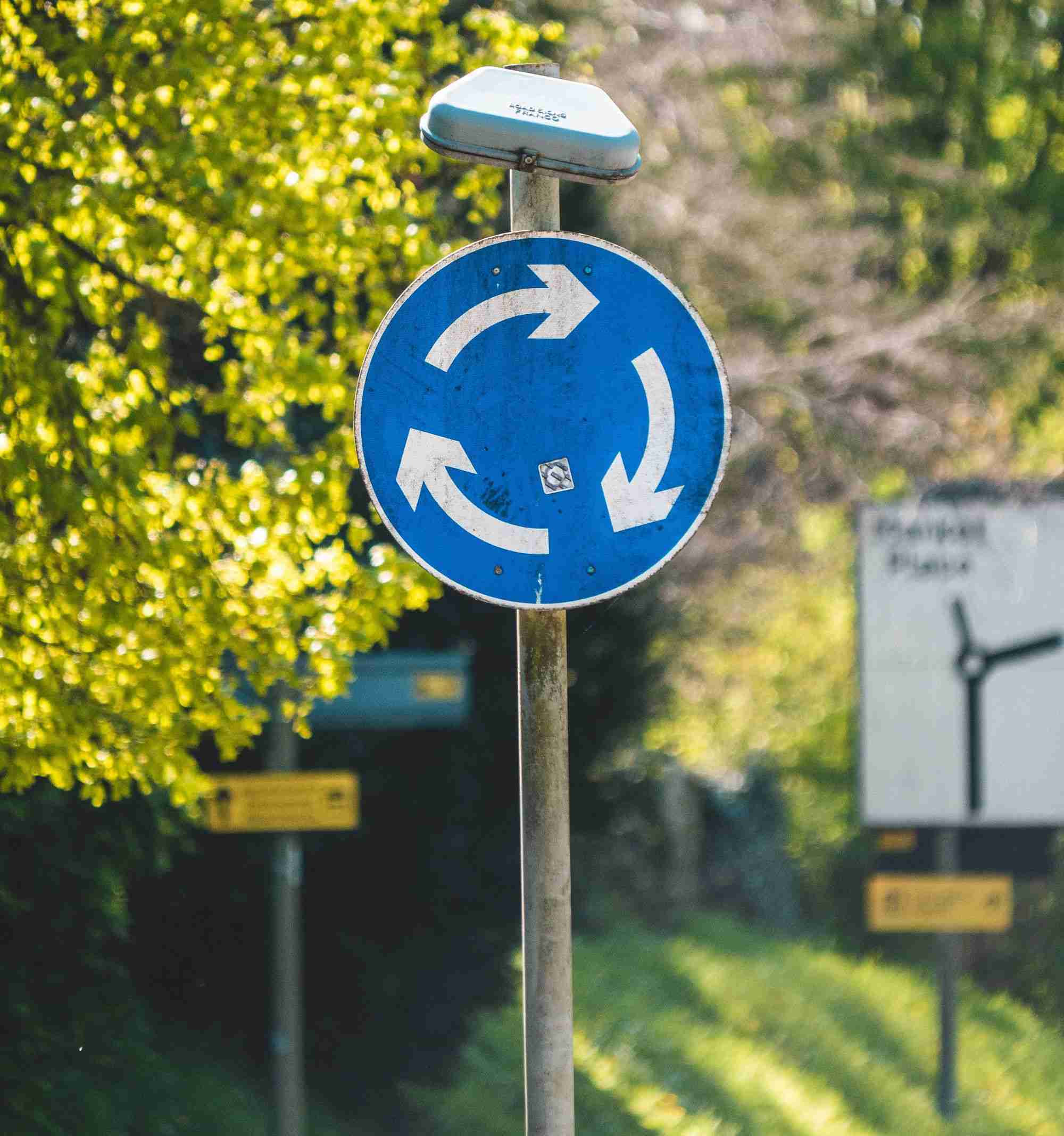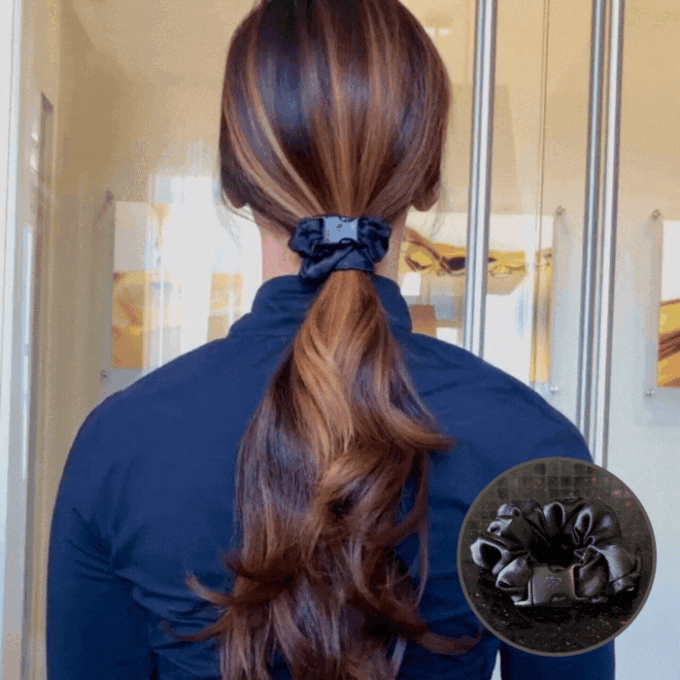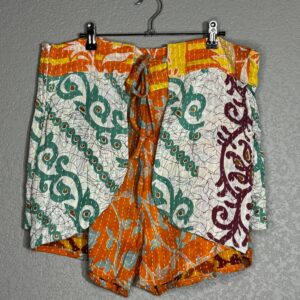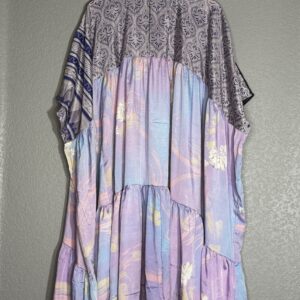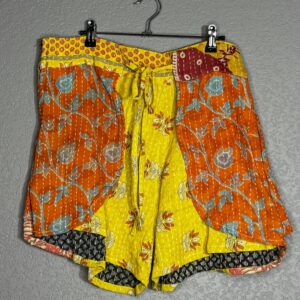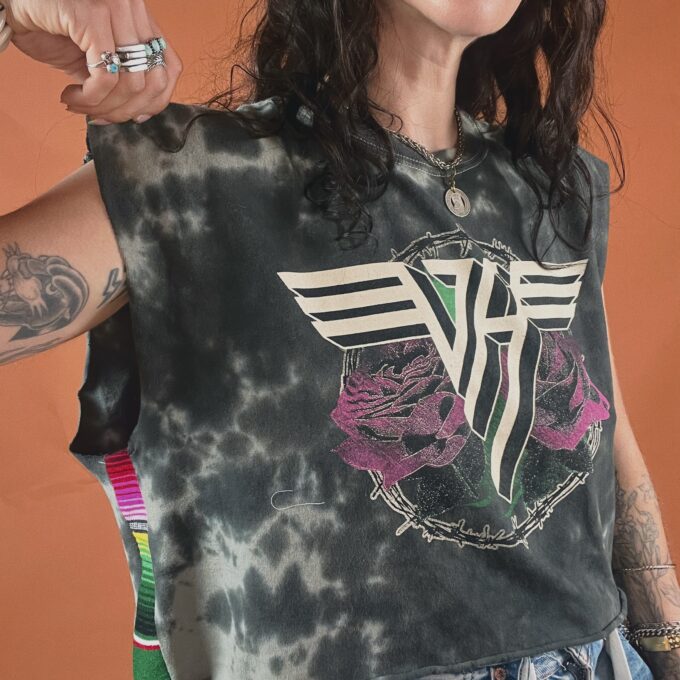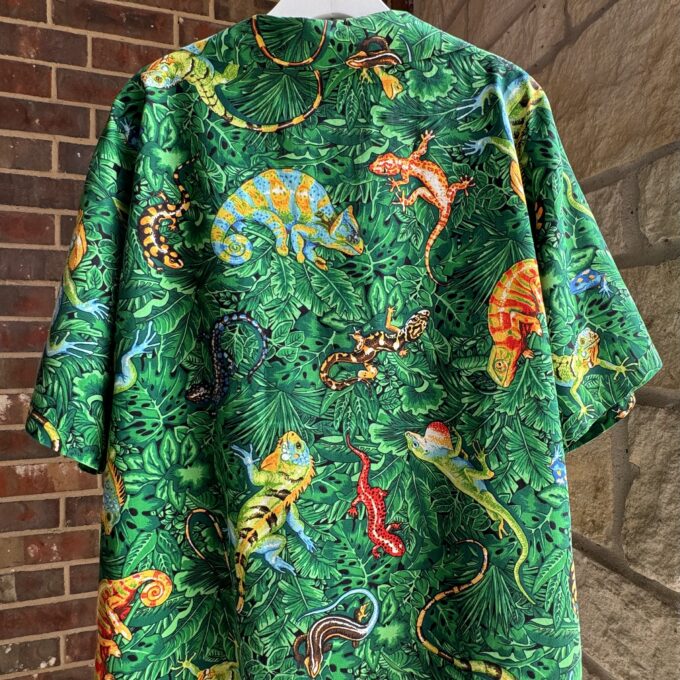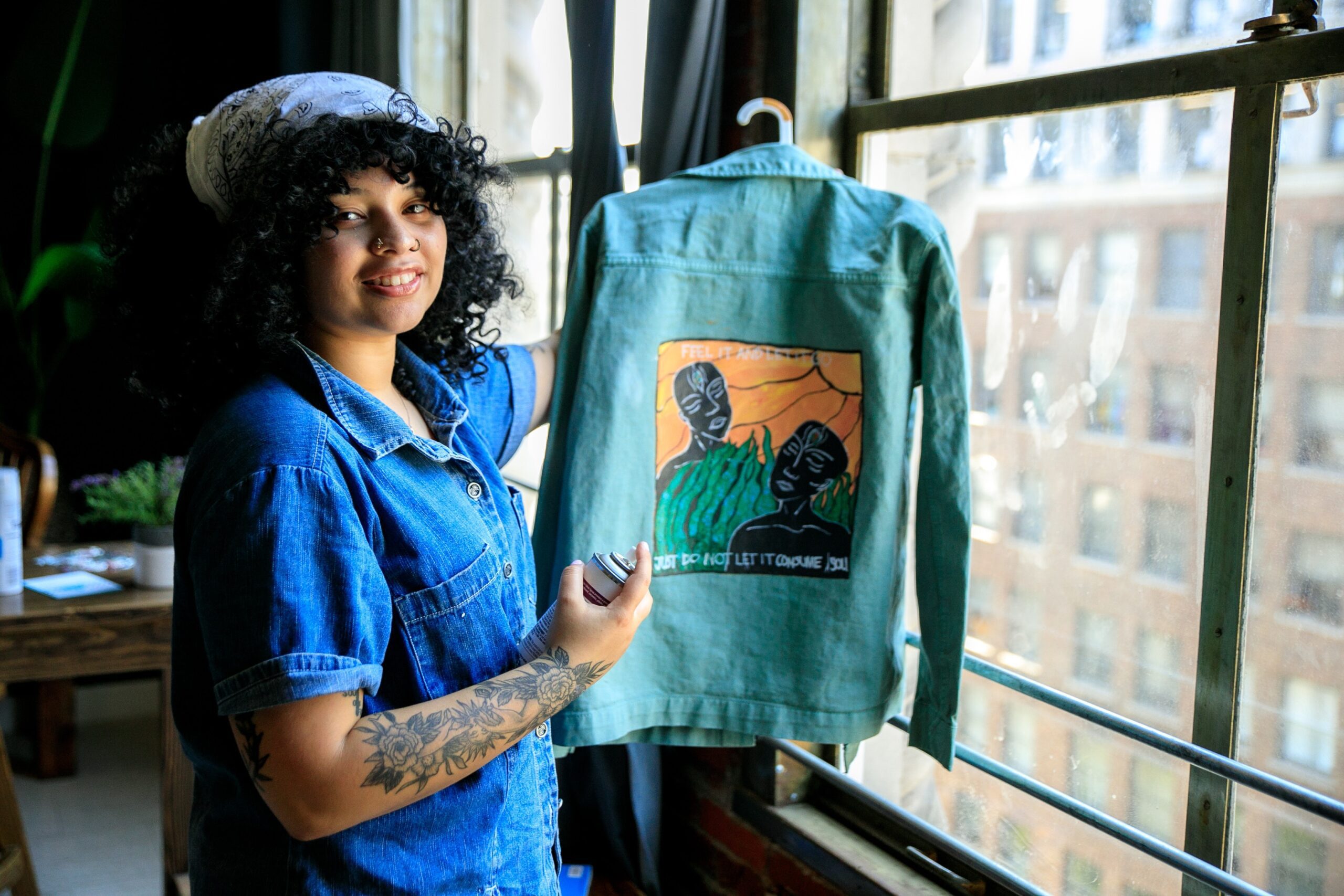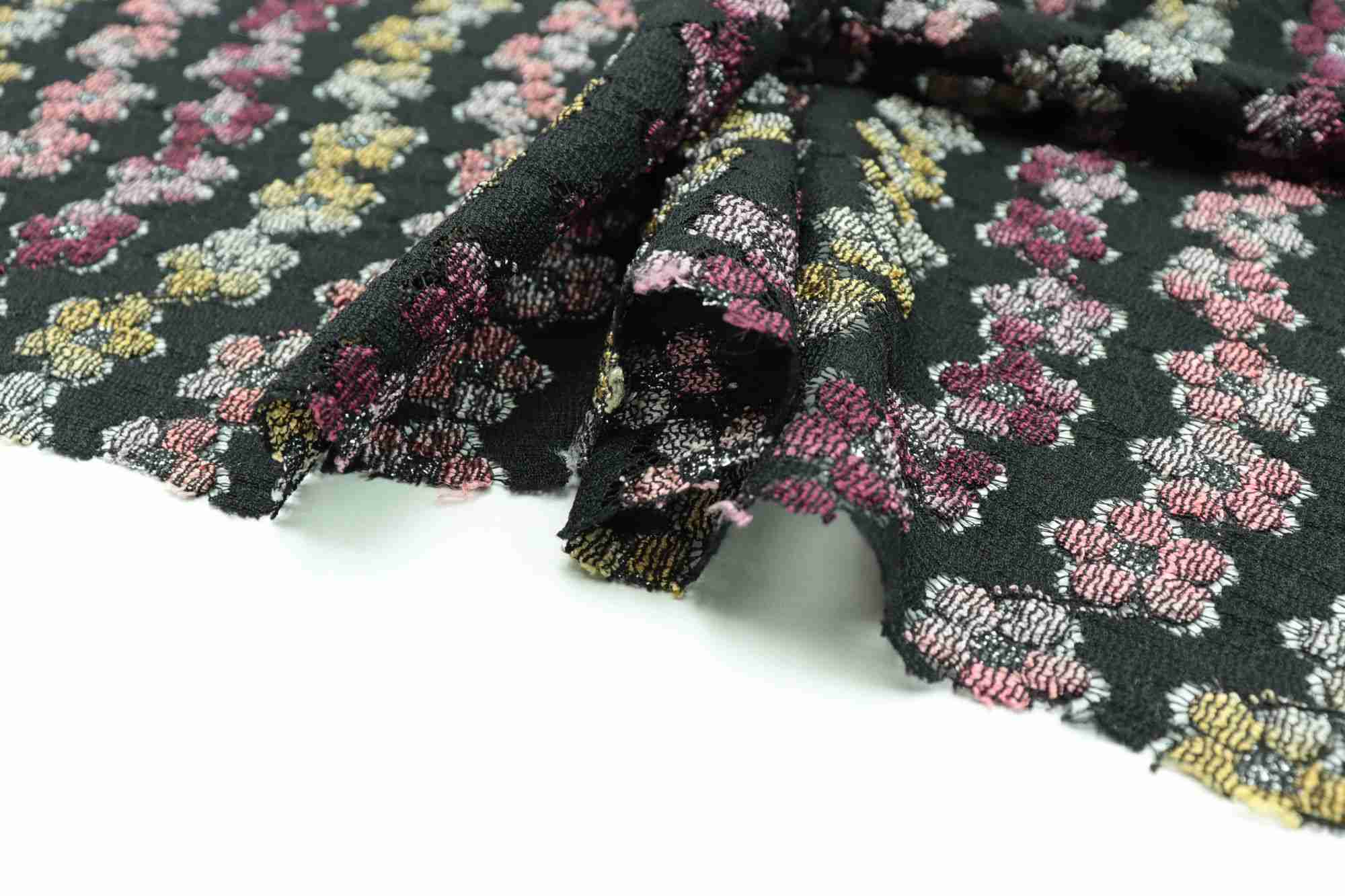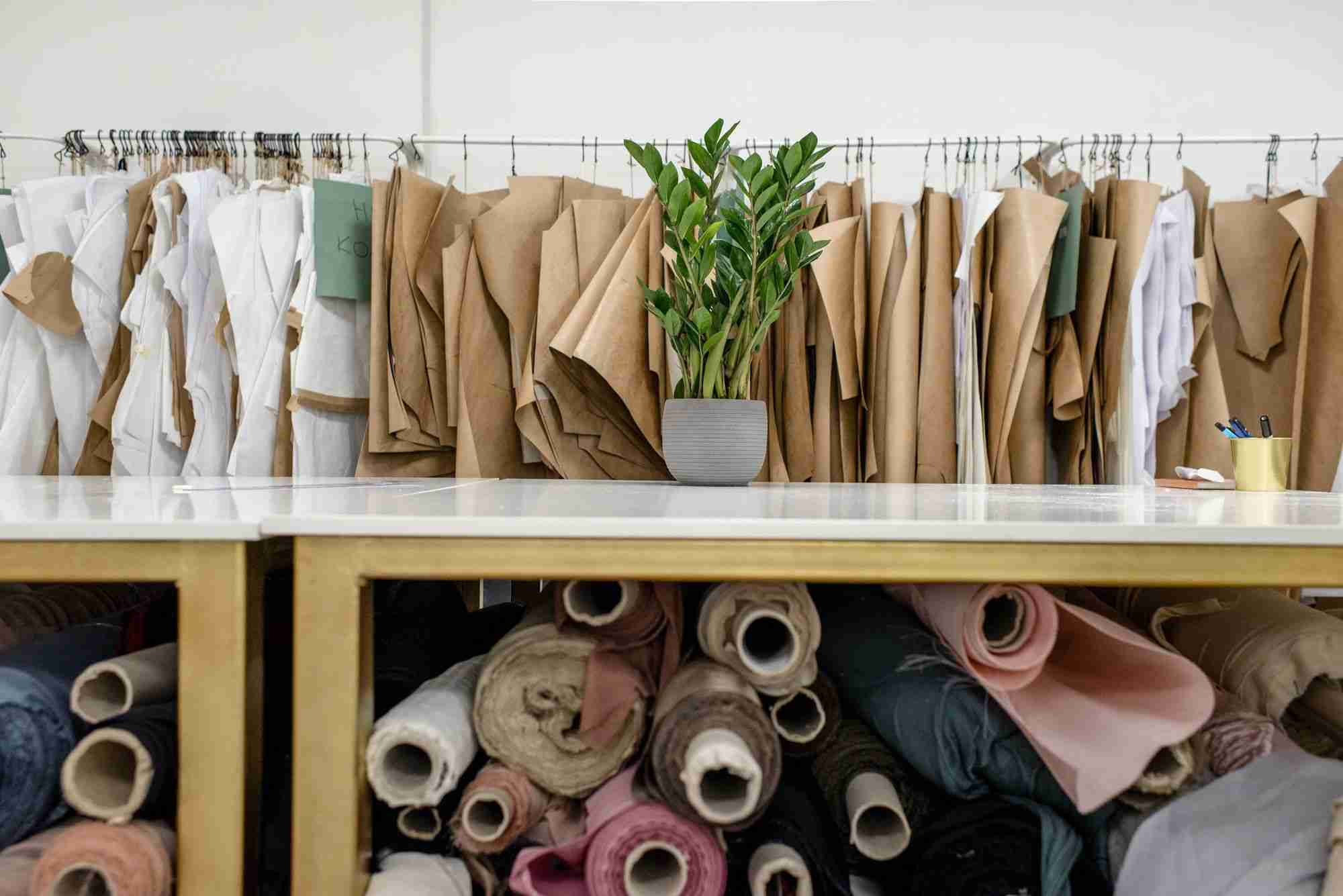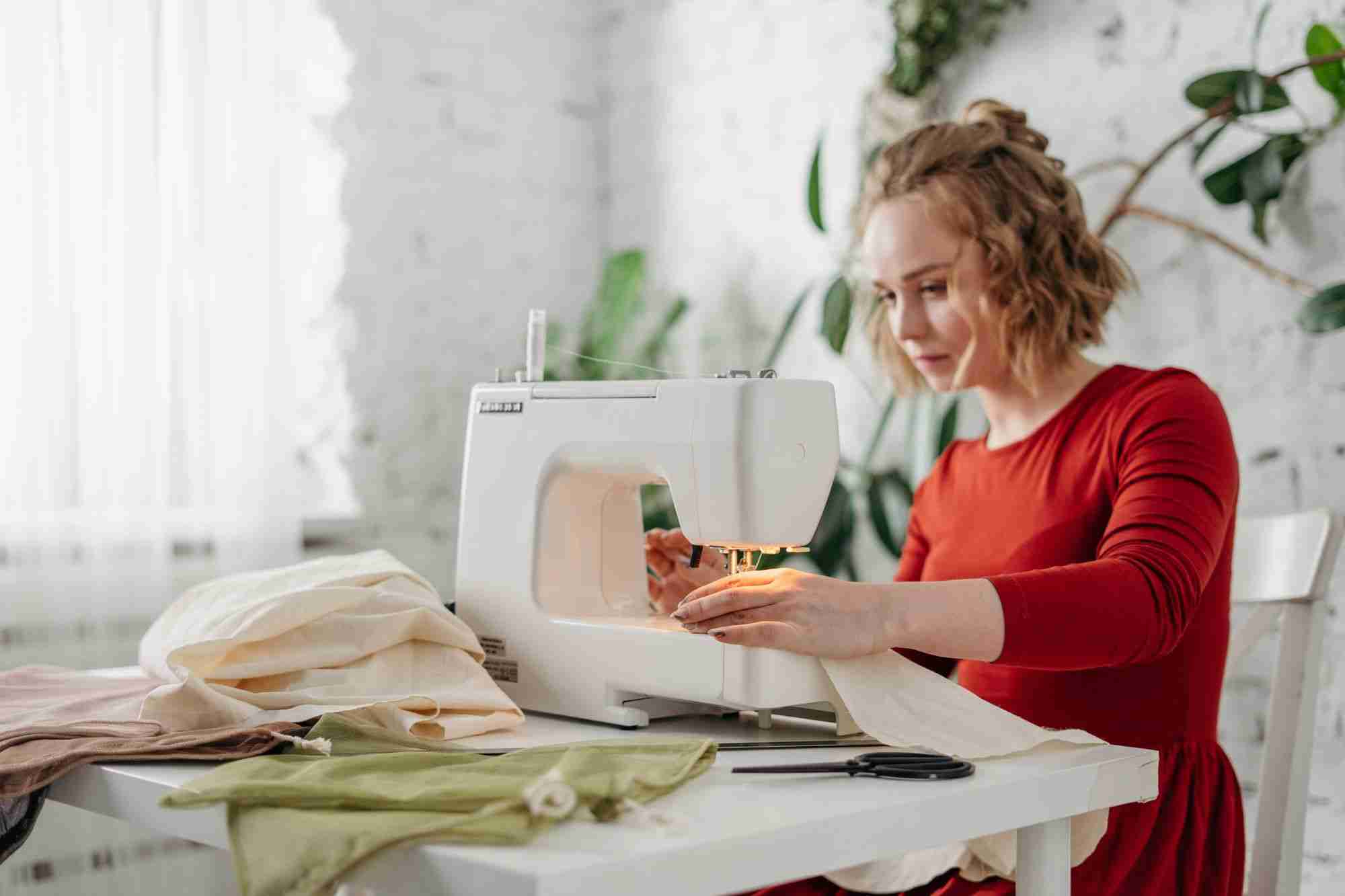The circular economy is a positive, regenerative model of production that aims to keep resources in use for as long as possible. This means thinking about how our products can be reused, repaired or repurposed rather than tossing them when they’re finished with them. The benefits are manifold: the circular economy reduces waste, saves natural resources and lowers the cost of final products. It also creates new business opportunities, jobs and value chains. Consider these ways to get involved and make an impact.
Invest in research and development
The first step towards creating a truly circular economy is understanding the materials and practices used to create products. You can contribute by investing in R&D and helping to develop new, circular materials. The software sector has been exploring its potential for years. There are examples of 3D printed concrete and furniture, sound-absorbing fibers, and paper computer chips. In the hardware space, we’ve seen research projects exploring circular design and manufacturing methods that use spider silk, natural pigments, and mushroom spores.
Support responsible manufacturing
It’s important to be mindful of the environmental and social impact of the products you buy. Explore the supply chain, look for sustainable materials and choose brands that make transparency a priority. When you’re shopping, be critical of labels like “organic,” “green” or “sustainable.” These terms don’t have real regulatory meaning, and can be misused by brands hoping to profit off eco-friendly reputations.
When it comes to fashion, look towards small businesses and independent designers who are upcycling, or turning parts of used or unwanted materials into new pieces of clothing. The most popular place to keep an eye out for sustainable fashion in the circular economy is the check out RE.STATEMENT, where sellers and buyers come together online to make the most use out of unwanted materials.
Buy refurbished products
You may have heard that there are spinners and retro-gamers who buy and sell new, old stock (NOS) products. These are products that are at the end of their lifecycle. That doesn’t mean they’re bad products. It just means they’re not the latest and greatest. Another option is to buy refurbished products. These are the same products, but they’ve been cleared for re-use. You can find refurbished products for everything from computers and clothing to cars.
Advocate for change
To create real change, you have to be vocal about the importance of the circular economy. You can support this cause by sharing articles about the benefits of the circular economy and its potential to create new business opportunities. You can also get involved in social actions and advocacy campaigns aimed at raising awareness about the circular economy. You can also lobby your representatives to promote circular economy policies and make changes to existing regulations that might hinder its growth.
Go digital
The volume of physical products we consume is staggering. If we’re not careful, it could lead to a significant amount of waste. One way to help manage this is to shift your purchasing habits to include digital content. You can do this by using services such as Netflix, Spotify and Kindle. You can also shift your communication habits online by using online forums like Reddit, messaging apps like WhatsApp and Facebook Messenger, and social media channels like Twitter and Instagram.
Organize a repair festival
To encourage people to fix their broken items rather than toss them, you can organize a repair festival, which is a participatory event in which people repair broken items by sharing their skills and knowledge with others. Repairing and reusing things like clothing, furniture, electronics or vehicles can help reduce waste.
Change your diet
This might sound strange, but the food and drink we consume has a huge impact on the environment. We can help reduce the waste from this sector by choosing more sustainable foods. This could include eating less meat, choosing locally sourced ingredients and consuming less processed foods. Investing in sustainable food sources can also help create new business opportunities and employment.
Conclusion
The circular economy is one that is regenerative, closed-loop and sustainable. We can make the transition to a circular economy in two ways: by designing products that are more durable, repairable and modular, or by changing our business models to make them circular. The benefits of the circular economy include reduced waste, saved natural resources, and lower cost of final products. The circular economy can create new business opportunities and jobs.
